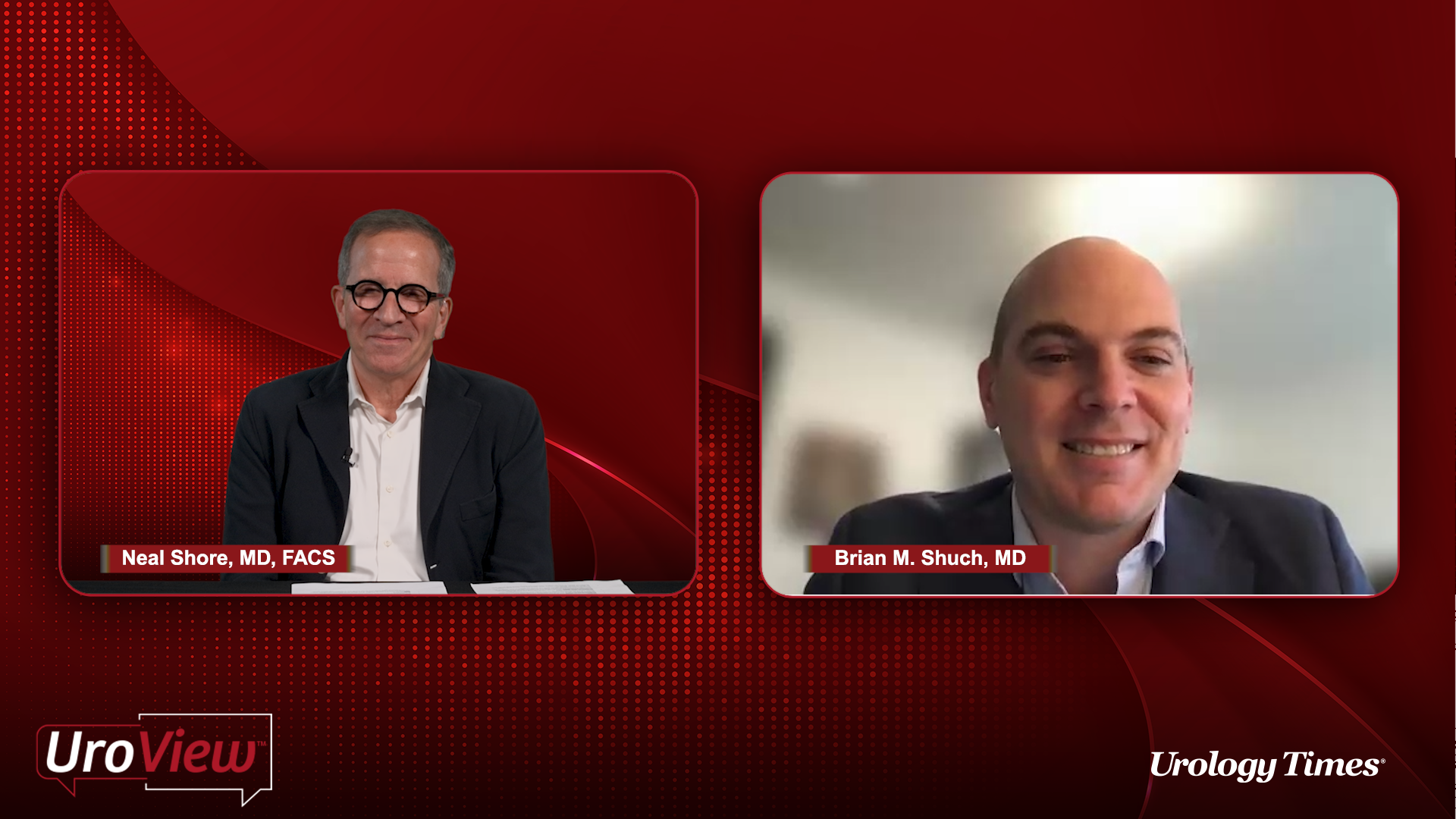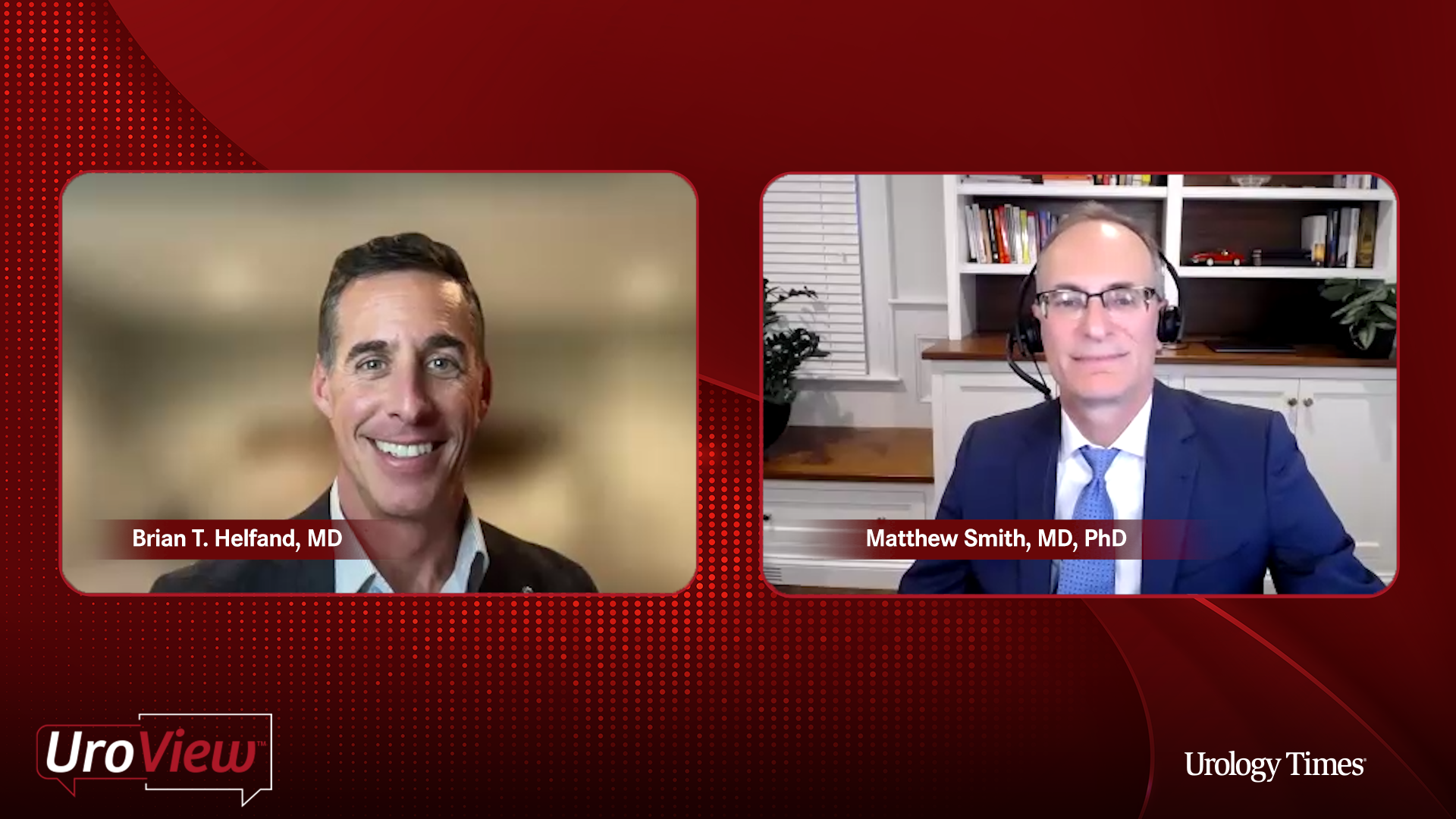Video
Unmet Needs for the Treatment of Enteric Hyperoxaluria
Author(s):
Dr. Kyle Wood discusses optimal avenues to increase patient and provider education on enteric hyperoxaluria and provides closing thoughts on the future management of enteric hyperoxaluria.
Kristie Kahl: How can we help educate other providers? Similarly, how can we educate patients about the disease?
Kyle Wood, MD: I think the provider should be knowledgeable about the disease process. Some of it is just talking about it, like we’re doing here today, but also getting the information out there. There are plenty of groups that are looking at this. For example, the Oxalosis & Hyperoxaluria Foundation, does a lot of these clinical trials. You can have patient testimonies, which families can access. There are community-based points of access to educate patients and providers of disease awareness. That’s an education process—talking to providers and presenting the data. With anything in medicine, when we have a treatment, we often become more knowledgeable and educated about it because we actually have a tool in our toolbox to treat these patients. Again, with enteric hyperoxaluria [EH], there isn’t a drug currently approved to treat it. We manage EH through dietary means and medical means. If we do eventually have a drug that is approved for this condition, we’ll become more knowledgeable on it.
Kristie Kahl: What are the implications from this data and what do we have to look forward to?
Kyle Wood, MD: I think, obviously, it’s a great study. There’s never been a group to bring 115 enteric hyperoxaluria patients through a medication study like this. However, with the data, I think we are taking a step back. The enthusiasm’s tempered right now because there was a reduction in their primary end point, which was urinary oxalate excretion. I think, as a community, we’re still wondering whether that will translate into a clinical benefit. Currently, we’re waiting on this next study. The implications are that we know these things work. The studies have shown that the primary end point is statistically significant so we know, with oxalate degrading enzymes, we can reduce urinary oxalate excretion. I think the next step is trying to understand whether that reduction translates into clinical benefit. Once that can be shown, there’s going to be a lot of enthusiasm about it and the implication will be significant. The other issue is that this medication relies heavily on patient compliance because the patient needs 3 to 5 doses per day. As we move forward, hopefully, there’ll be development opportunities where patients don’t need as many dosages, and compliance would be easier. The future of drug development is bright. I think this clinical trial demonstrates that working through these mechanisms can reduce urinary oxalate excretion. There’s still a lot to be seen.
Kristie Kahl: What are the unmet needs for the treatment and management of this disease?
Kyle Wood, MD: We still have many unmet needs—drugs and other management strategies—to manage these patients. I think there are unmet needs. We need more research on this population. As we talked about, there are multiple causes. We still don’t have a great understanding regarding the number of people who have enteric hyperoxaluria. We still don’t understand whether we’ve classified as idiopathic or secondary hyperoxaluria, which could be a component of enteric hyperoxaluria. We don’t have a real grasp of the population. We can learn more about the pathophysiology of the disease. We could do a lot of research on phenotyping our enteric hyperoxaluria population and understanding who would most likely benefit from certain drug treatments and options. I don’t think we’ve done enough with intensive medicine and dietary management of this population so we can see how much a patient could truly benefit in regards to oxalate. A lot needs to be done on the research front. There’s a lot that needs to be done on the drug development front, although it looks promising. We need to educate both the providers, as well as the patients, and build a community where patients, families, and providers can gather information. Providers have to learn how to treat these individuals and have resources available to them.
Kristie Kahl: What are your final thoughts on the future management of enteric hyperoxaluria?
Kyle Wood, MD: I think we’re at a great point where there’s a lot more interest in it. There’s drug development and more research focused on this disease state. I think it’s a bright future. I think we’re seeing a lot of positives and recognizing a lot of the limitations as well. This population is a large population. It’s a patient population that suffers from recurrent kidney stone disease. The more we look at EH as a chronic disease instead of an episodic event, I think we’re going to do more and more for this patient population and benefit them significantly.
Kristie Kahl: Absolutely. Thank you so much Dr. Wood. Thank you to our viewing audience. We hope you’ve found this Urology Times® UroView video discussion to be informative.
Kyle Wood, MD: Thank you so much.
Transcript edited for clarity.




